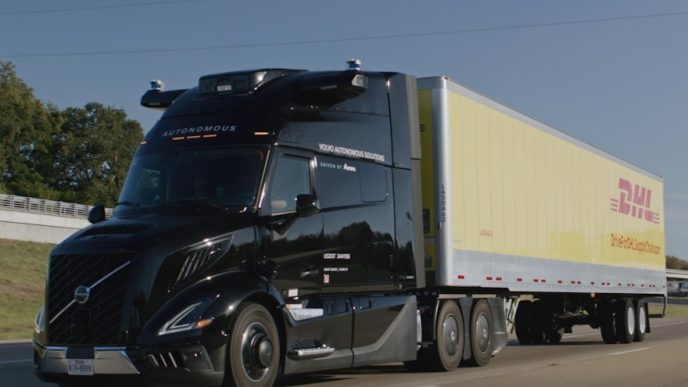Tesla’s autonomous driving ambitions continue to evolve, with the company planning to launch robotaxi services in 2025. However, these vehicles may not be entirely driverless, as Tesla envisions employing remote teleoperators as an initial safety measure, according to a report from Deutsche Bank’s Autonomous Driving Day in New York City on December 5.
Tesla executive Travis Axelrod confirmed that the first wave of robotaxis will incorporate human oversight to ensure safety and redundancy. The report, reviewed by Carscoops, noted that Tesla expects teleoperators to play a pivotal role during the early stages of deployment. However, key questions remain unanswered, such as the extent of control teleoperators will have and how long Tesla intends to rely on this system post-launch.
The robotaxis will be based on the company’s existing Model 3 and Model Y platforms, potentially including vehicles returned from leases. Tesla plans to roll out its service with a fleet of company-owned cars, initially offering paid rides through a proprietary ride-share application. The app will allow Tesla to manage the entire value chain, from ride-hailing to drop-off, maximizing data collection and operational control.
Despite the technological advancements, regulatory barriers present a significant challenge to Tesla’s broader robotaxi deployment. Current U.S. regulations, overseen by the National Highway Traffic Safety Administration (NHTSA), restrict the deployment of autonomous vehicles to just 2,500 units annually. Tesla hopes for a federal overhaul of these rules to enable large-scale operations.
The 2025 robotaxi initiative is part of Tesla’s broader roadmap for autonomous mobility, which includes the production of a new vehicle, dubbed the “Cybercab,” slated for 2026. As the timeline unfolds, the interplay between technological progress and regulatory adjustments will determine whether Tesla can meet its ambitious targets.











